In most impressions of this engaging portrait of Maximilian I (1459-1519), the Holy Roman Emperor is looking to the left. Here at Princeton, he looks to the right. All the details in the scene are exactly the same except laterally reversed. That is, until you look at the top right, where a decorative figure with a horned headdress is holding a tablet with the artist’s signature and printing date: L 1520. While the scene is laterally reversed, the signature and date are correctly printed left to right. Our impression is not from the original plate.
The original portrait of Maximilian I was conceived, printed, and published by the Netherlandish artist Lucas van Leyden (ca.1494-1533) after seeing the 1518 woodcut Portrait of Maximilian I by Albrecht Dürer (1471-1528). In both, Maximilian wears the necklace of the Order of the Golden Fleece and a rimmed hat. However, Lucas’ print is one of the first to combine etching with engraving on a copper plate, using the quicker etched lines to lay down the preparatory drawing and the elegant engraved lines to finish the scene.
According to New Hollstein, this laterally reversed copy of Lucas’ print may have been done by the Dutch artist Jan Harmensz. Muller (1571-1628). Muller apprenticed under the master printer Hendrick Goltzius (1558-1617) and eventually came to equal his teacher’s virtuosity with the burin. Nowhere is the reason behind this copy explained, although it may have simply been to prove that Muller’s talent was equal to that of Lucas.
Muller’s engraving came to Princeton University with a gift of approximately ninety-five prints and drawings of Alpine views. The Portrait of Maximilian I was included with a note explaining that the emperor was the first climber to be depicted using various articles of mountaineering equipment. Maximilian had three books commissioned to document his life, although he probably wrote some of it himself. The third, Theuerdank (1517) (facsimile: Graphic Arts GA PT1567.M6 A7 1979), includes these mountain climbing images.
The New Hollstein: Dutch and Flemish Etchings, Engravings and Woodcuts 1450-1700 (Amsterdam, 1996). Vol. 14 Lucas Van Leyden, p.112. Marquand Library SA ND653.L5 F502 1996
Ellen S. Jacobowitz and Stephanie Loeb Stepanek, The Prints of Lucas Van Leyden & His Contemporaries (Washington D.C.: National Gallery of Art, 1983. Marquand Library SA ND653.L5 J32
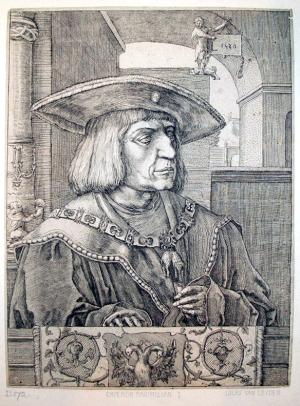
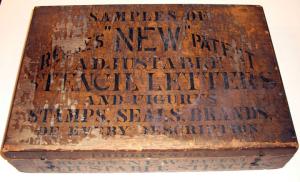
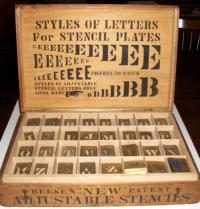
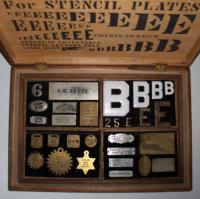

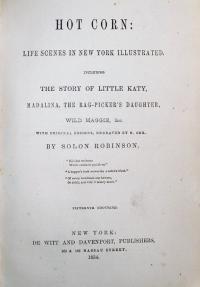
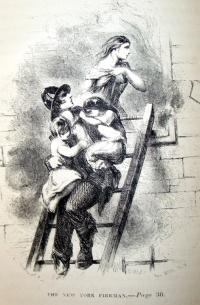
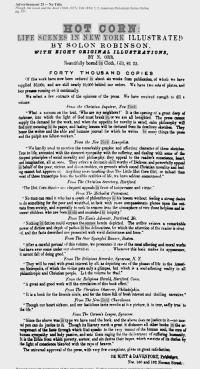
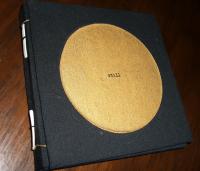
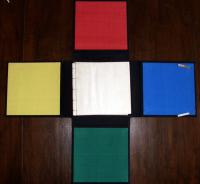
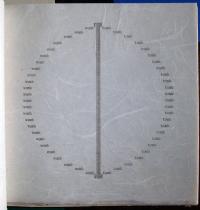
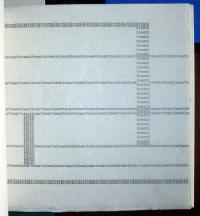
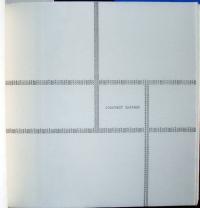
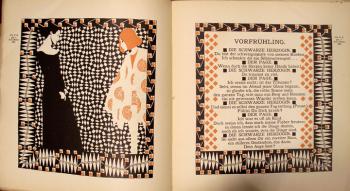
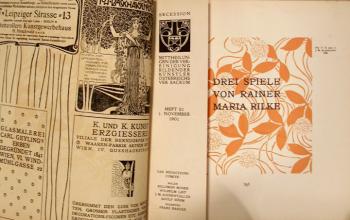
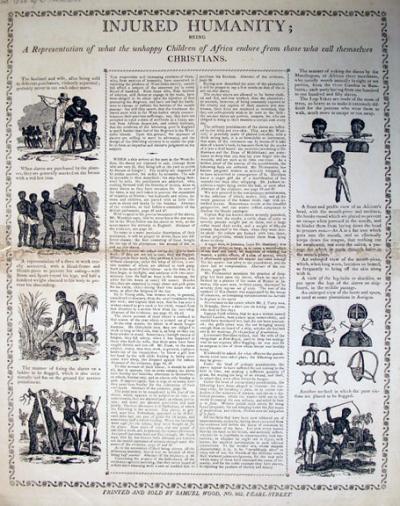
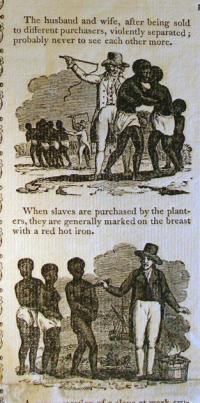
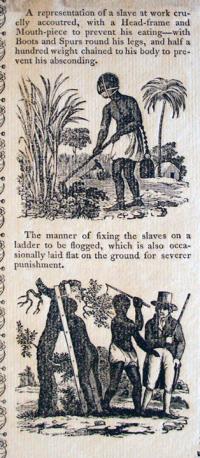
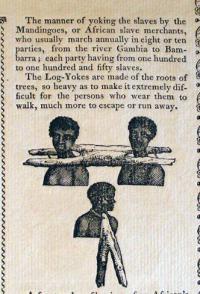
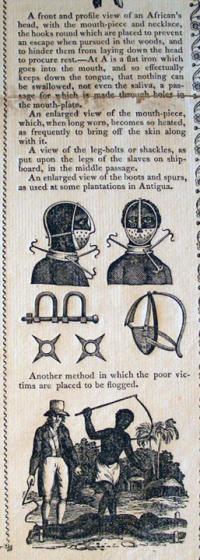
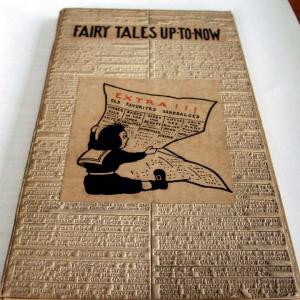
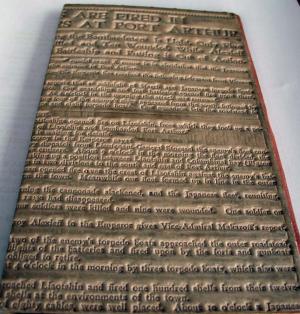
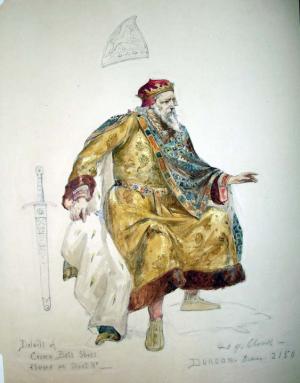
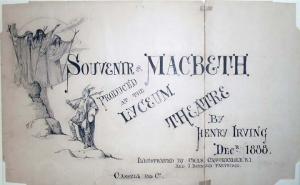


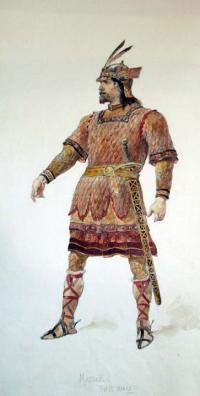
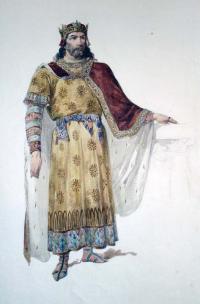
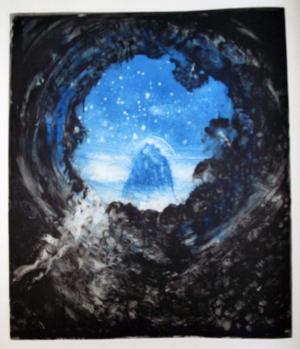
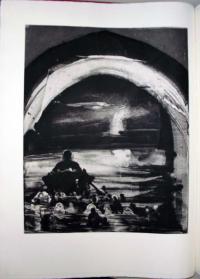
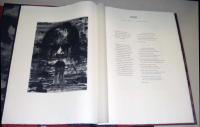
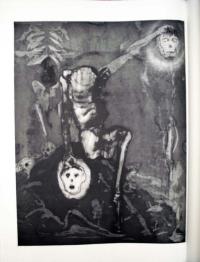
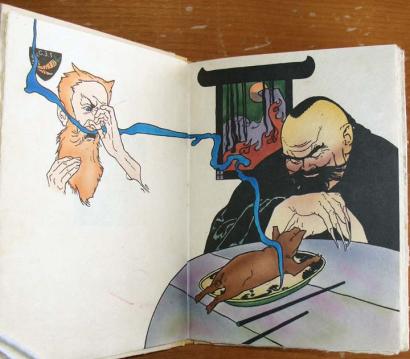

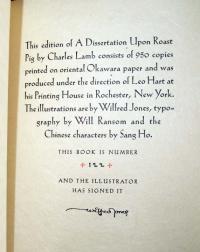

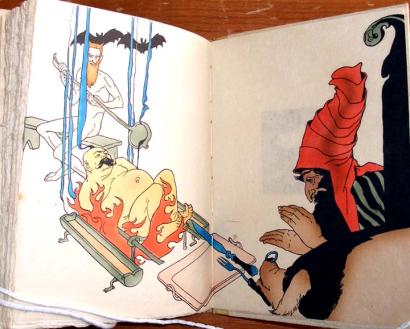
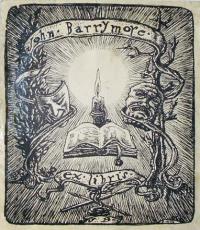
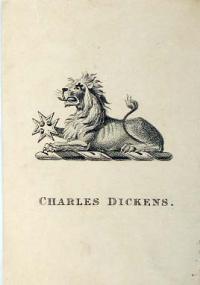

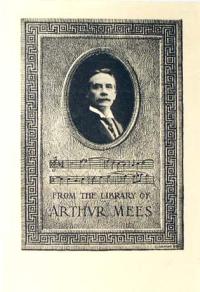
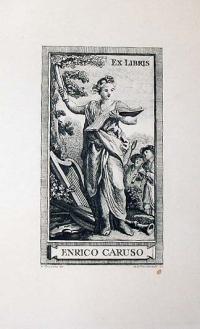
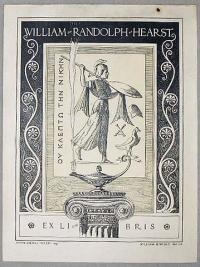
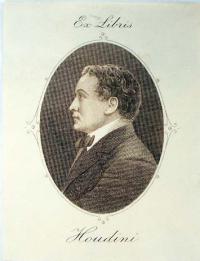
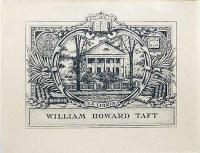
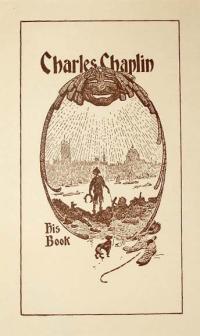
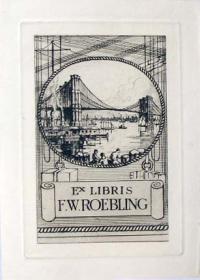
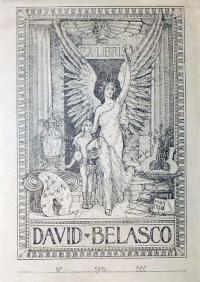
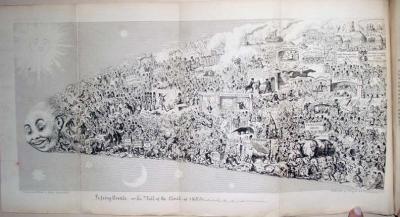
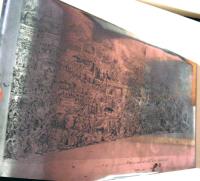
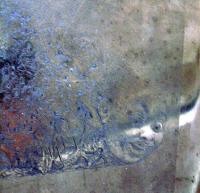
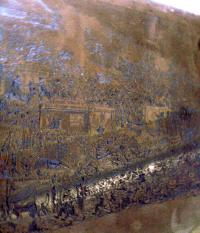
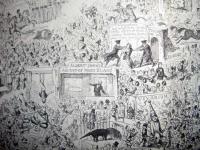
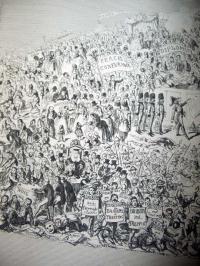
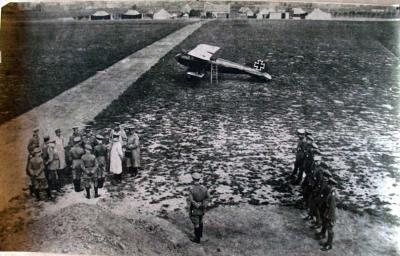
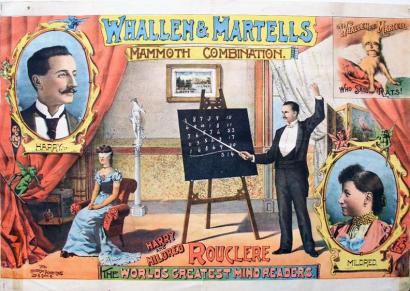
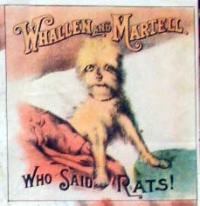


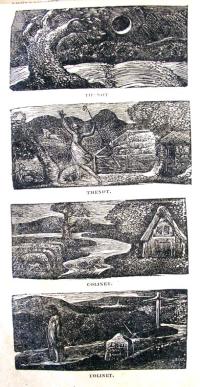


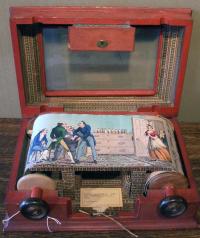


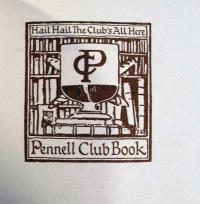
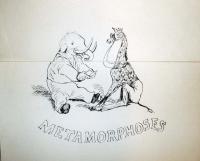
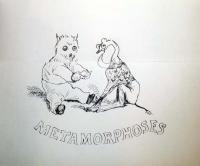
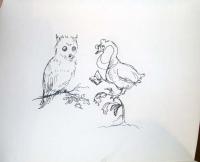
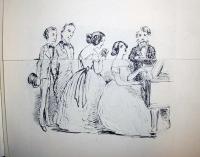
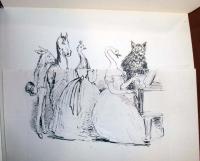
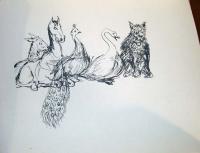
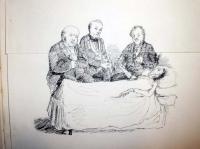
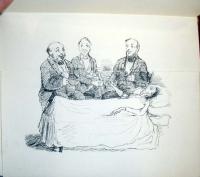


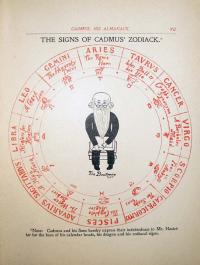
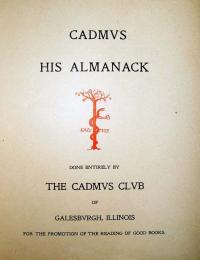
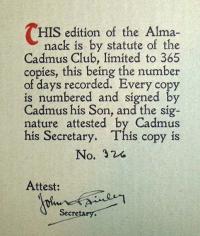
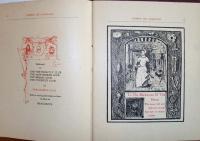
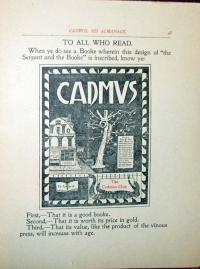
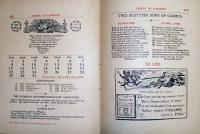
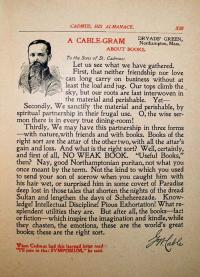
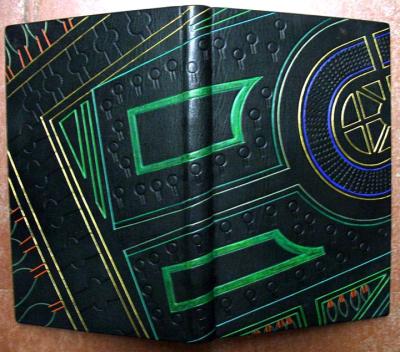

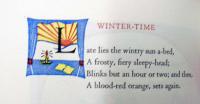
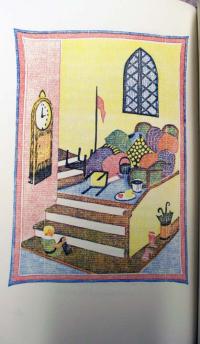
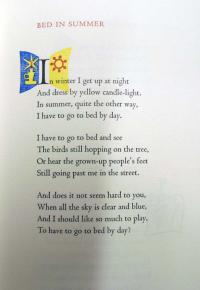
Recent Comments